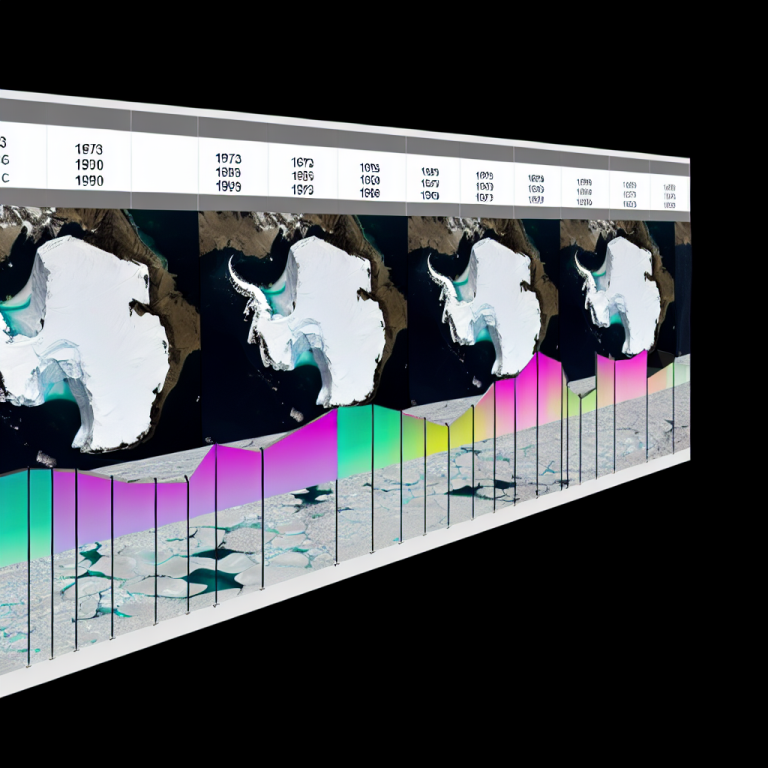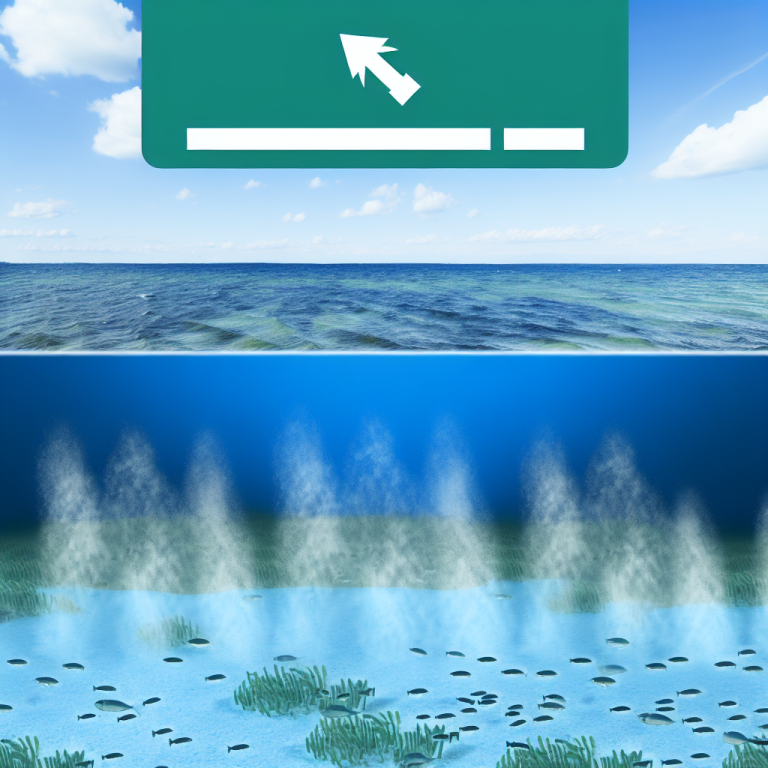A new study published in a scientific journal reveals that progressive thinning of Antarctic ice shelves has been observed since 1973. The mass loss of the Antarctic Ice Sheet is mainly attributed to the reduction in thickness of floating ice shelves that surround the ice sheet. This thinning weakens the buttressing potential of the ice shelves, causing land ice to accelerate towards the ocean. Satellite observations of the changes in ice shelf thickness date back to 1992, but the extent of thinning before that remains unknown.
To address this gap in knowledge, researchers used a proxy method to measure changes in the areas of surface expression of pinning points – locations where floating ice shelves anchor onto underwater high points – along the coastline of Antarctica. By tracking pinning point changes between three time periods spanning from 1973 to 2022, the researchers were able to infer changes in ice shelf thickness dating back to 1973.
The results of the study showed that there were localized pockets of ice shelf thinning between 1973 and 1989, primarily in the Amundsen Sea Embayment and along the Wilkes Land coastline. However, the thinning spread rapidly in the 1990s and 2000s, with a significant reduction in the extent of pinning points that anchor the ice shelves to the seafloor. If this trend continues, it could further weaken the buttressing potential of the ice shelves, leading to faster ice discharge and contributing to global sea-level rise.
The researchers note that the increase in ice shelf thinning is likely influenced by warm ocean currents that have been weakening the buttressing effects of the ice shelves, particularly along the West Antarctica and Wilkes Land coastlines. This acceleration in ice discharge poses a significant risk of flooding and other hazards for low-lying coastal communities around the world.
The study emphasizes the importance of extending observational records of ice shelf thickness changes over longer time periods in order to better understand the dynamics of the Antarctic Ice Sheet and to improve predictions of future mass loss. By using optical satellite imagery to track changes in the surface expression of pinning points along the Antarctic coastline, researchers were able to provide a comprehensive, observation-based characterization of Antarctic ice shelf thinning over the past five decades.
These findings have significant implications for our understanding of the Antarctic Ice Sheet contributions to global sea-level rise and underscore the importance of continued monitoring and research in order to better prepare for the impacts of climate change on our planet.




